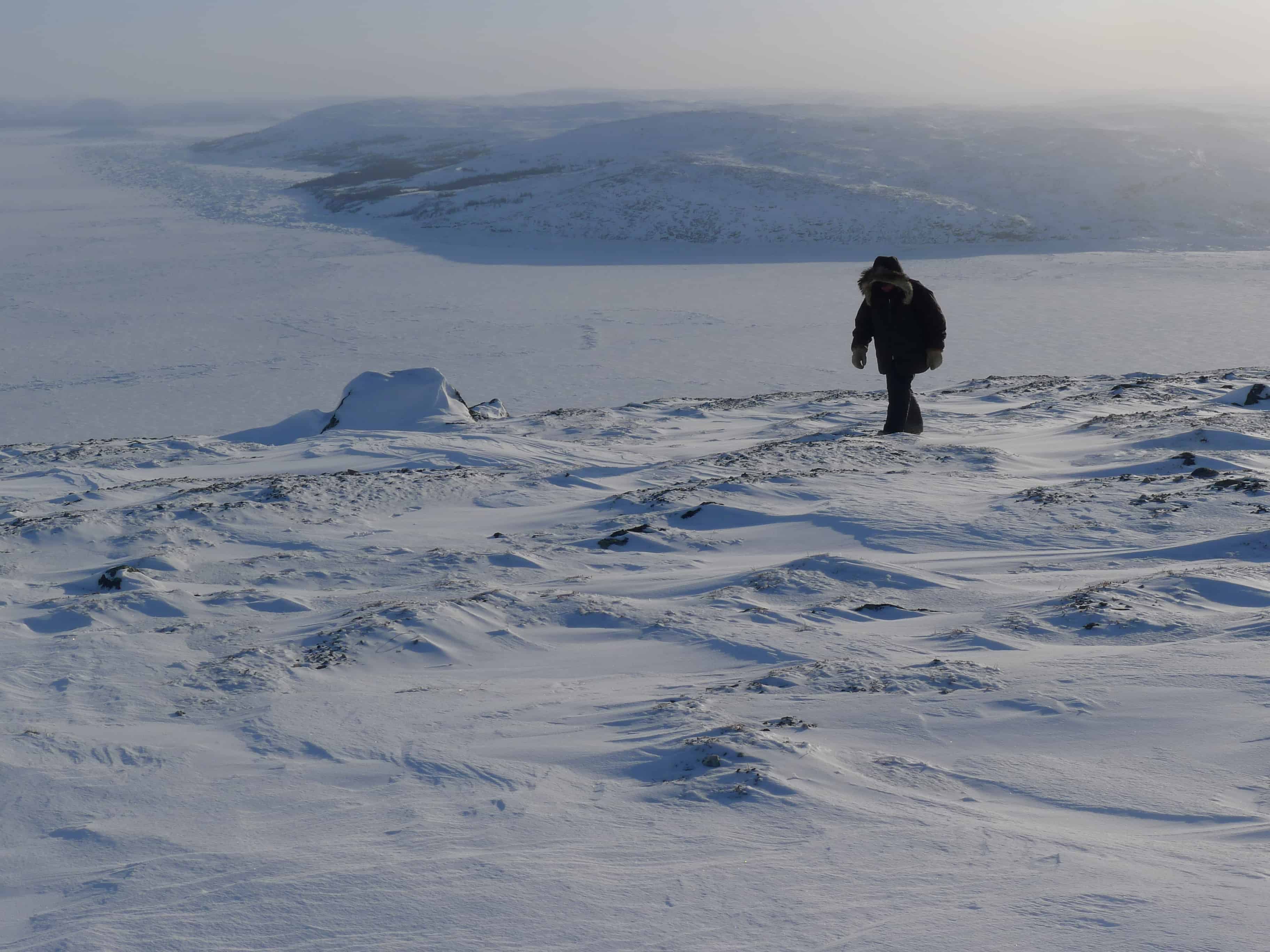Scientists at the University of Toronto have found that infants born in some Canadian Arctic regions have the highest rates of respiratory infections globally.
A recent paper published in the Canadian Medical Association Journal shows that the hospital admission rates for infants under 12 months old with lung infections in Nunavut and Nunavik, Quebec are the highest in the world. In the most affected areas of Nunavik, nearly half the infants born in the region had an infection.
Lead author Dr. Anna Banerji told The Varsity, “On average almost 50% of the babies born in Nunavik end up in the hospital in their first year of life.”
Most of the sick babies admitted were three months old with no underlying or pre-existing condition and still suffered from serious infections that landed them in the hospital.
Many were hooked up to breathing tubes and stayed in the intensive care unit (ICU) suffering longterm lung damage. They were often transported from their communities by air to regional hospitals hours away, needing intensive care and weeks to recover. Some were put on life support while some suffered from respiratory failure. Others passed away.
The study included five regional and four tertiary hospitals in major cities that treated these patients. Nearly six per cent of all babies enroled in the study had very severe infections and were transported to tertiary hospitals.
This high infection rate does not have a clear cause but, rather, points to underlying systemic problems in the northern communities, including overcrowding within communities and houses, cigarette smoking, and lack of proper nutrition.
Dr. Banerji and her colleagues have focused their research on pediatric lower respiratory tract infections (LRTI) in Indigenous populations of Northern Canada for almost two decades. They have consistently found the main cause of LRTIs to be the respiratory syncytial virus (RSV).
RSV infections were found in 40 per cent of the newborns, with these rates being higher than those for any other population world-wide. In other parts of North America, the rates of LRTIs range from one to three per cent. While fighting against this infection, the infants were often coinfected by other viruses, such as influenza, which further increased the severity of infection and the length of their hospital stay.
With longer hospital stays come larger costs. The researchers have found that it would be cheaper to treat all the infants in the affected areas with preventative medicines rather than to wait for them to be admitted.
The current medical treatment provided by the provincial government is palivizumab, a drug that is only administered to babies with pre-existing heart or lung defects and high risk of disease. Most infants do not meet the criteria. This study found that of nearly 300 newborns in 2009, only one received palivizumab treatment.
Giving the RSV antibody to all infants would decrease the high hospital admission rates for lung infections.
Banerji said, “The RSV antibody worked up to 96% in term infants so it would greatly reduce admissions for lung infections. 60% were not RSV so we need to address overcrowding, smoking, and poverty; increase breastfeeding; and improve nutrition.”
Researchers have also found that providing the antibody for all babies would save some hospitals in the region hundreds of thousands of dollars a year by cutting back costs of hospital stays and treatment in the ICU. They could save at least $36,000 per an avoided RSV infection.
The Nunavik office governs the region where hospital admissions caused by infections are the highest; it has recently announced that it will be giving palivizumab to every infant.
Incidences of hospital admission and severity of infection were 10 times higher in Nunavut and Nunavik than the Northwest Territories. Banerji was surprised by “the major difference among the populations.”
Although the reasons are not definitive, the study says this may be due to the higher per-capita income in the Northwest Territories leading to better nutrition and living conditions. It could also be because Nunavut and Nunavik have higher Inuit populations, which may be more genetically prone to these infections.
Banerji’s paper has been given to the Nunavut government and the authors are calling for this issue to be addressed as a major health priority in the Canadian Arctic regions. The regional disparity in this case is of utmost importance for a public health intervention to be made.


